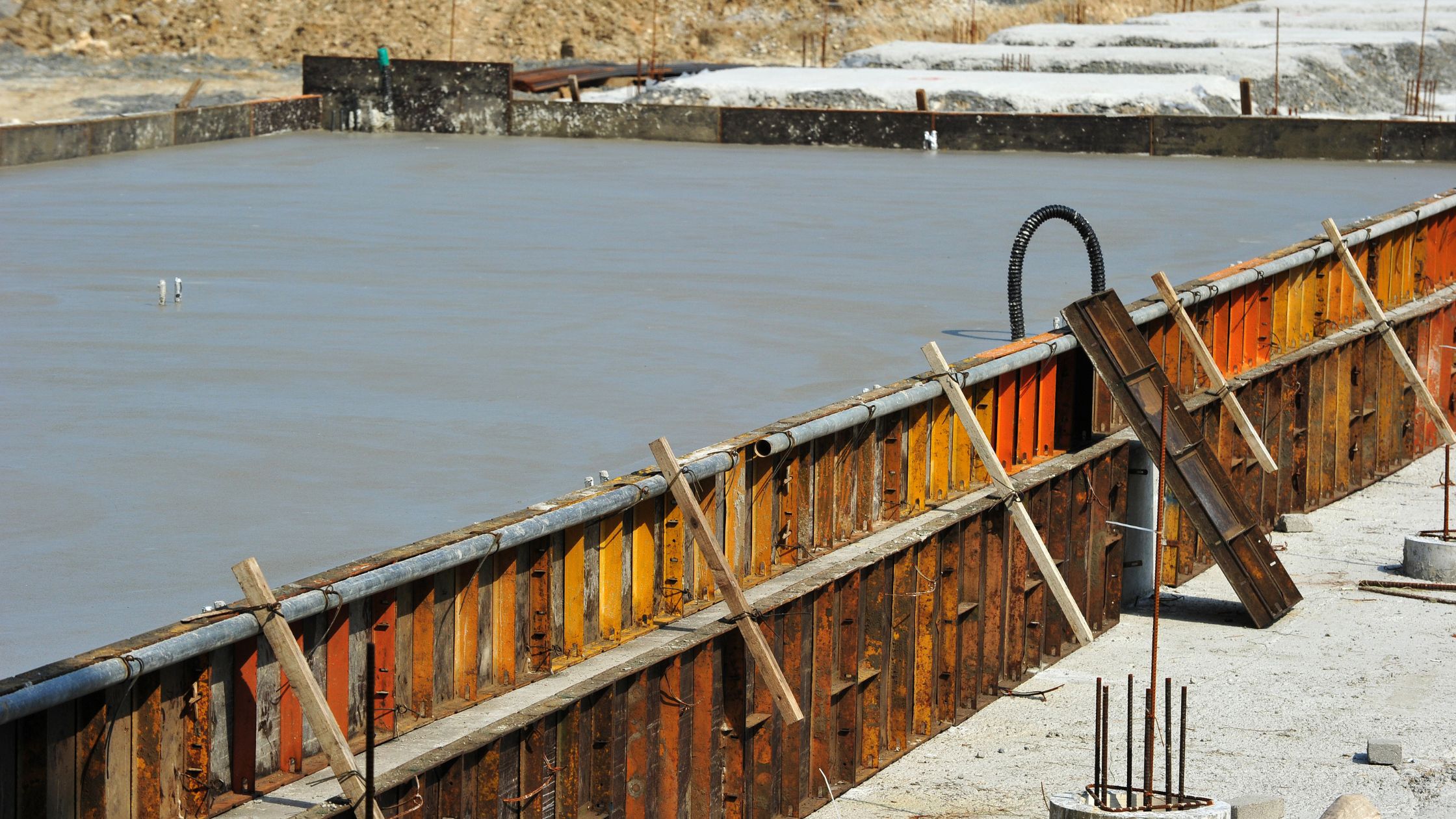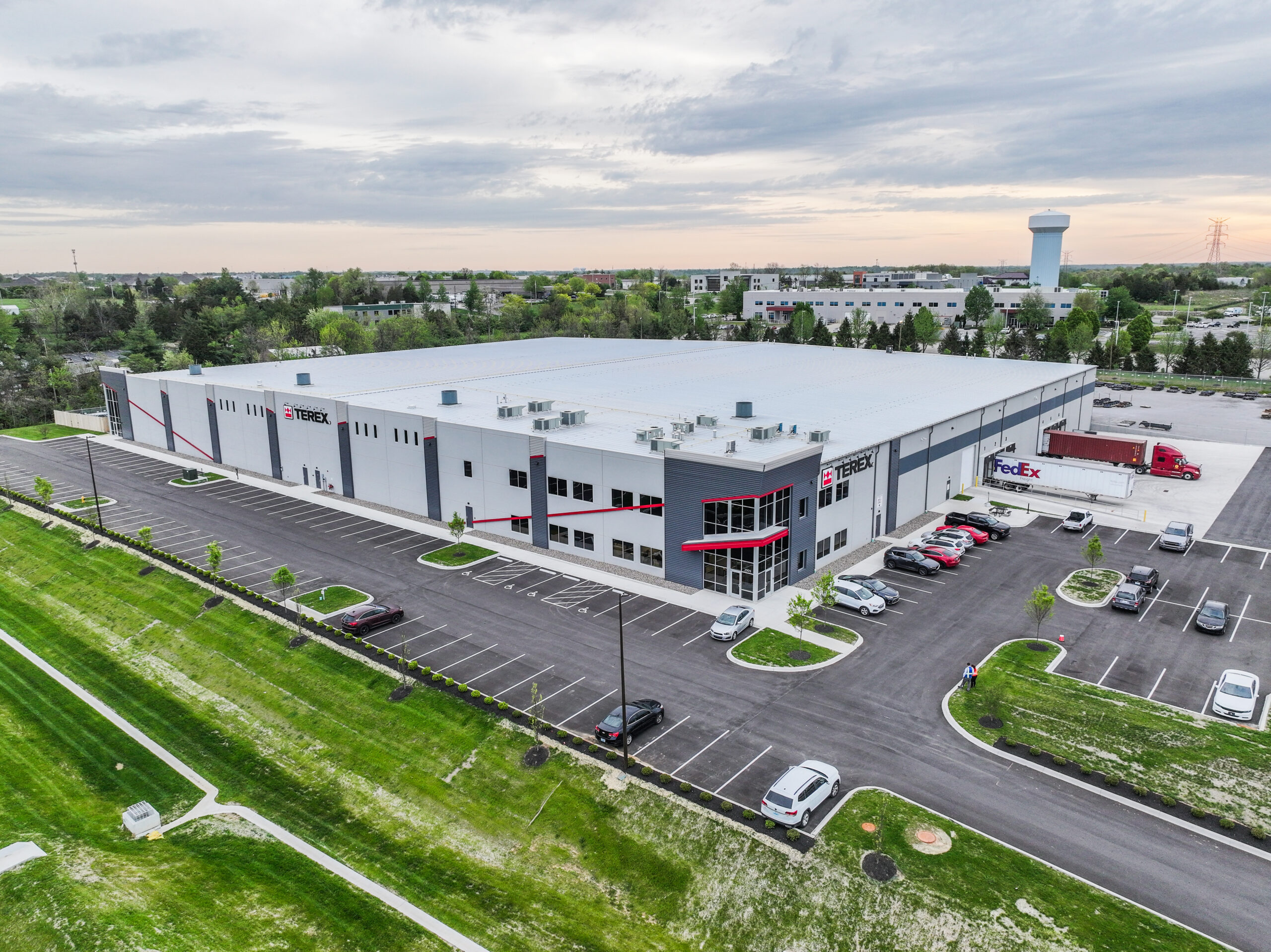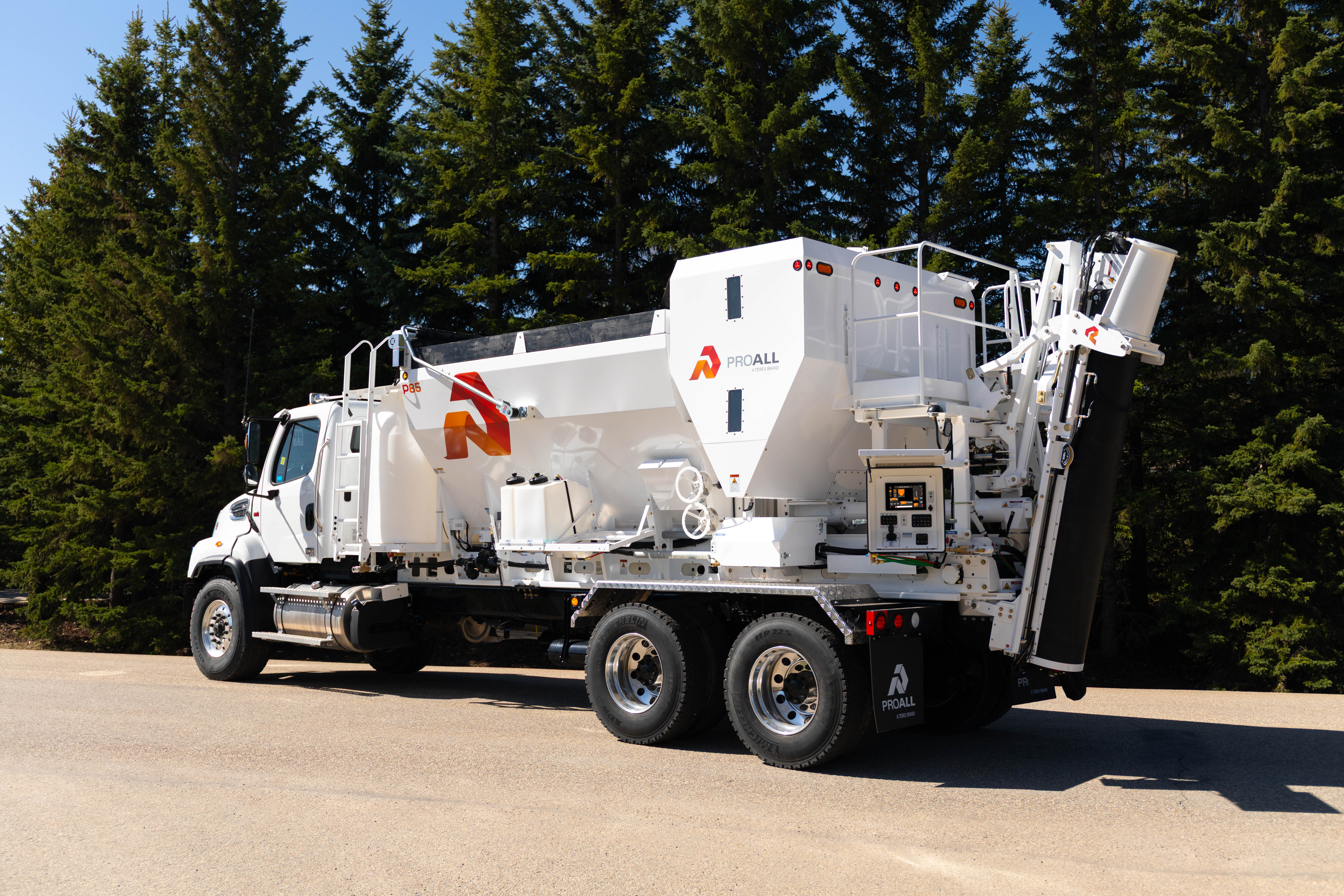
The Concrete Curing Process: From Liquid to Solid Strength Explained
The Concrete Curing Process: Transforming Liquid to Solid Strength
When it comes to constructing solid and durable structures, concrete plays a vital role. But have you ever wondered how this versatile building material transitions from a liquid mixture to a solid and sturdy foundation? The answer lies in the concrete curing process. In this blog, we’ll explore the intricacies of concrete curing and explore why it takes 28 days to reach its maximum strength.
The Power of Hydration in Concrete Curing
Hydration is at the heart of the concrete curing process, a chemical reaction between cement and water. Once poured, the concrete begins to set, gradually transitioning from a fluid state to a stiff mass. However, the initial stage doesn’t imply sufficient strength to withstand significant stress. Hydration intensifies in the first few hours and days as cement particles react with water, gradually gaining strength.
The Journey to Strength: From Initial Setting to Secondary Bonding
With each passing day, the concrete continues to strengthen. Around the one-week mark, it reaches approximately 70% of its final strength. However, the process continues. Over the following weeks, the remaining cement particles undergo hydration, leading to a phase called “secondary bonding.” During this stage, a robust chemical bond forms between the hardened cement matrix and aggregates, further reinforcing the structure.
Patience is Key: Achieving Maximum Strength
After patiently waiting 28 days, the concrete finally achieves maximum strength and durability. It can bear the weight and stresses associated with the intended structure. This milestone signifies the completion of the concrete curing process.
Factors Influencing the Curing Process
While the 28-day timeframe is a general guideline, it’s essential to consider factors that can influence curing. Temperature and moisture levels play crucial roles in the process. Optimal conditions, including moderate temperatures and consistent moisture, promote efficient curing, allowing the concrete to attain its desired strength. Variations in these factors can affect the curing time and potentially impact the final product’s strength.
Understanding the Concrete Curing Process
The concrete curing process is a remarkable transformation journey, converting a moldable mixture into a solid structure capable of enduring the test of time. Cement particles bind with water through hydration and time to create a hardened matrix that reinforces the aggregates, resulting in a robust and durable material. Understanding the intricacies of concrete curing helps us appreciate the meticulous craftsmanship required in construction projects. It emphasizes the significance of allocating sufficient time for concrete to reach its full potential.


